How Lidl learnt to be less German in the UK
- Published
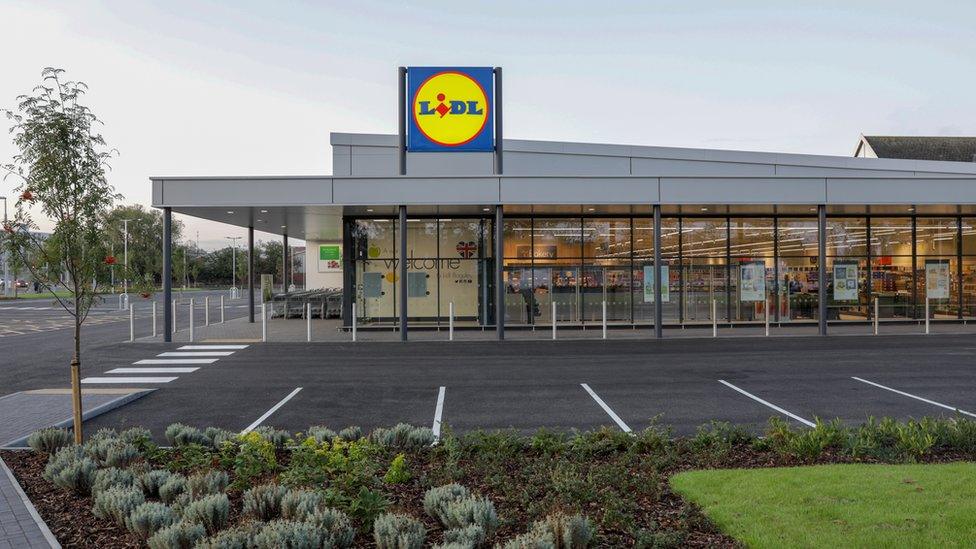
Lidl opened its first store in the UK in 1994
Lidl, along with its fellow German discounter Aldi, might be growing strongly in the UK right now but it wasn't always that way.
Its former UK boss, Ronny Gottschlich, says that in the early years the discounters were really small players.
"If anything it was considered to be a poor man's shop. The German discount model would sit in the corner and people thought you couldn't do your weekly shopping in there."
But things began to change around the time of the financial crisis in 2009. "People were looking at how they could save money but it wasn't the only reason more people shopped there. We made it more attractive for the British shopper, rather than taking the German model and copying it like for like."
Lidl now has more than 700 stores in the UK and is opening a new one on average every week. It plans to invest £1.45bn in the next two years.
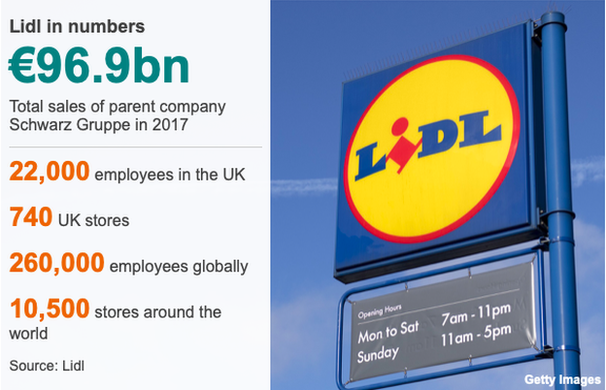
German Mr Gottschlich ran the British arm of the company between 2010 and 2016 before leaving to set up his own consultancy. He told BBC Radio 5 Live's Wake Up To Money that one of his key targets was the introduction of more British products. "In 2010 only about 35% was sourced in Britain. By 2016 it was about 65%."
There was, however, a challenge to balance range with over-stocking. "The British customer is used to much more choice. But by having fewer lines you save a lot of money. You're able to negotiate on a much more reduced range; transport costs are cheaper and your staff are more productive meaning you don't need as many employees."
According to Kantar Worldpanel, both Lidl and Aldi have increased their market share steadily over the last couple of years, with Lidl now accounting for 5.3% of the UK grocery market and Aldi 7.5%.
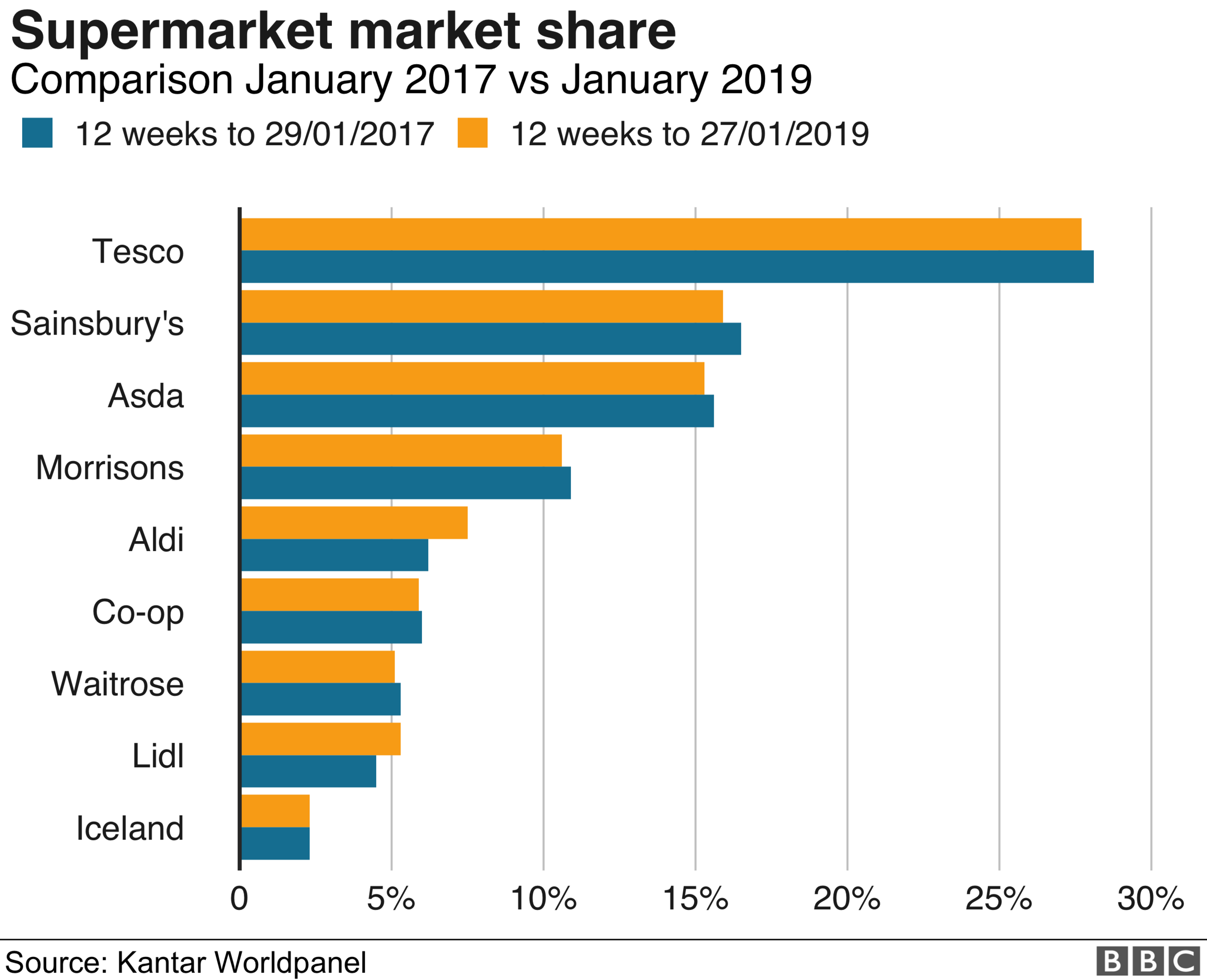
Mr Gottschlich thinks they will continue to grow, though not to the extent that they have in their home country. "We've not seen the end of growth of discounters. In a few years' time we'll see them with about 20% combined market share. I don't think we'll see growth to the German level where discounters hold about 40% share."
But what about threats to growth? "The biggest risk will be if we're able to get online groceries delivered at a price and freshness of discount stores. With more development and technology we will see that. That threat exists for everyone and there might be players we don't currently know of [who] achieve it."
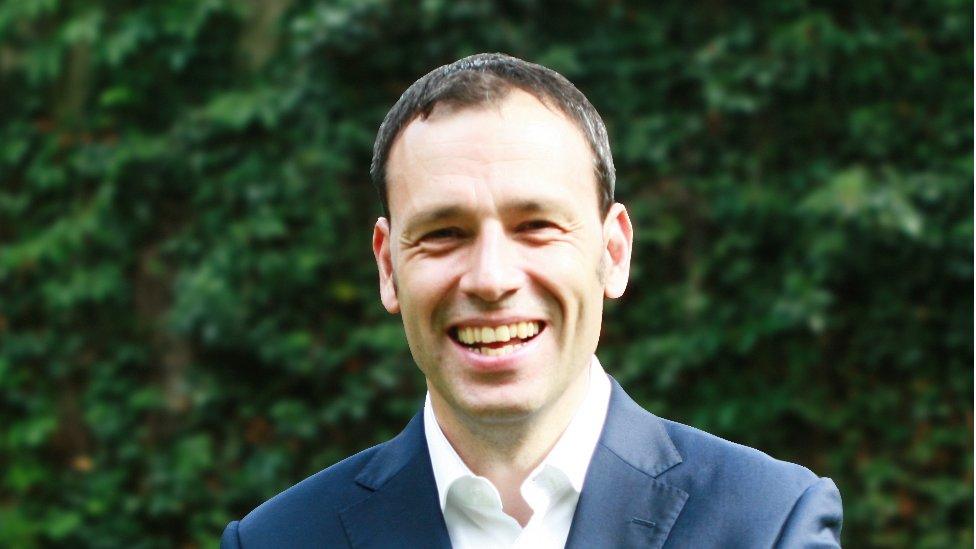
Ronny Gottschlich ran Lidl UK between 2010 and 2016
One of the ways the discounters attract shoppers is with the so-called "middle aisle" - a smörgåsbord of products from kids' toys to electricals.
"If you put some new offers in twice a week to your store there is a reason why customers would want to come in," says Mr Gottschlich.
"Those products are negotiated and sourced on a level of 10,000 stores. Huge volumes of those products have been bought and shipped into most stores throughout Europe so we have huge buying power, which means you usually have a strong margin."
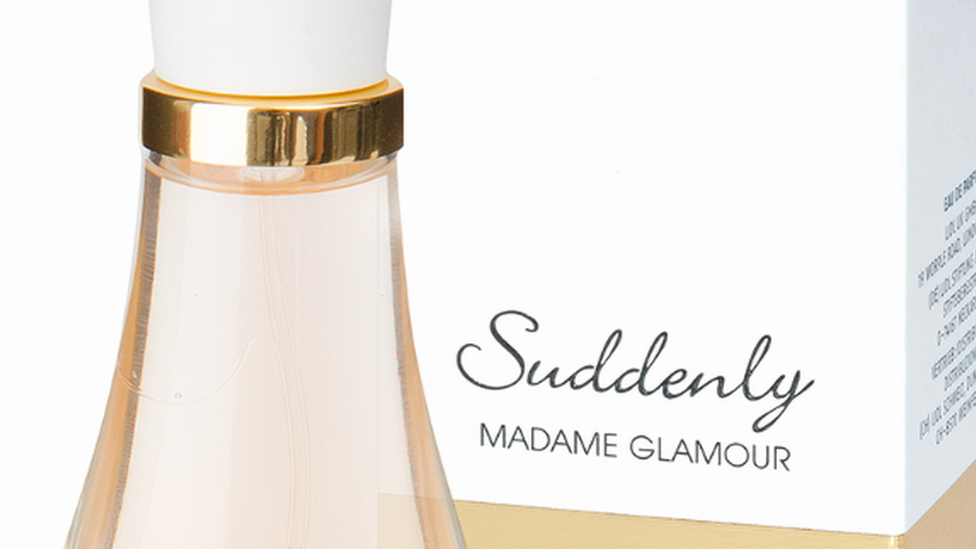
Lidl's own brand perfume became a surprise top seller
And the biggest seller might surprise you.
"We had once a perfume called Madame Glamour - it featured in a blind test on a famous TV show somewhere. It flew off the shelves and we couldn't reproduce it quick enough."
He says it was a bestseller in the UK for a couple of years. "That really took us by surprise but also showed you how much confidence customers get from TV or celebrity approval."
It's not all successful though. For instance, the supermarket once tested a Spanish red wine that it liked and wine connoisseurs recommended as being good value for money. But customers didn't agree.
"We had a couple of warehouses full of that wine and it took us weeks and months to clear that. There were some warehouse managers scratching their heads, thinking, 'What are they doing trying to source that for our customers?'"
- Published29 January 2019
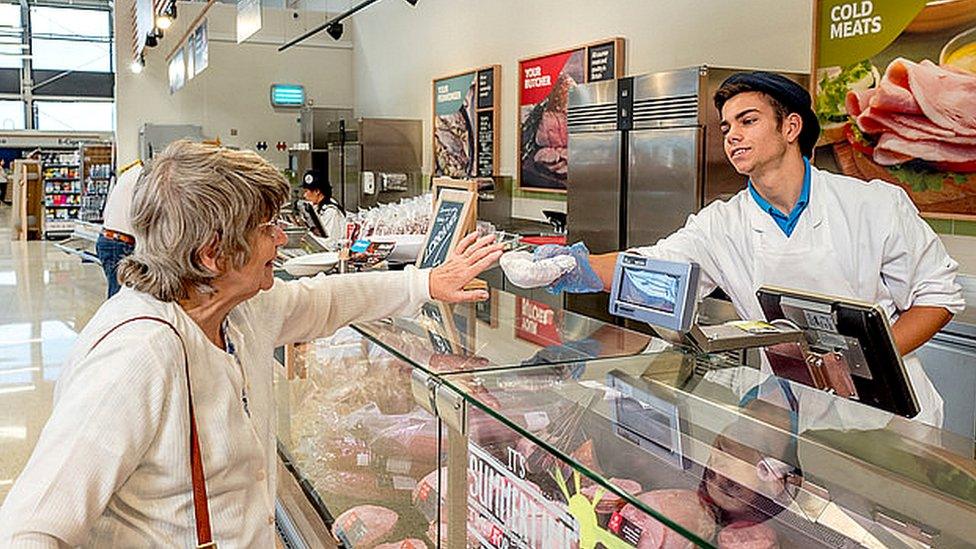
- Published11 January 2019
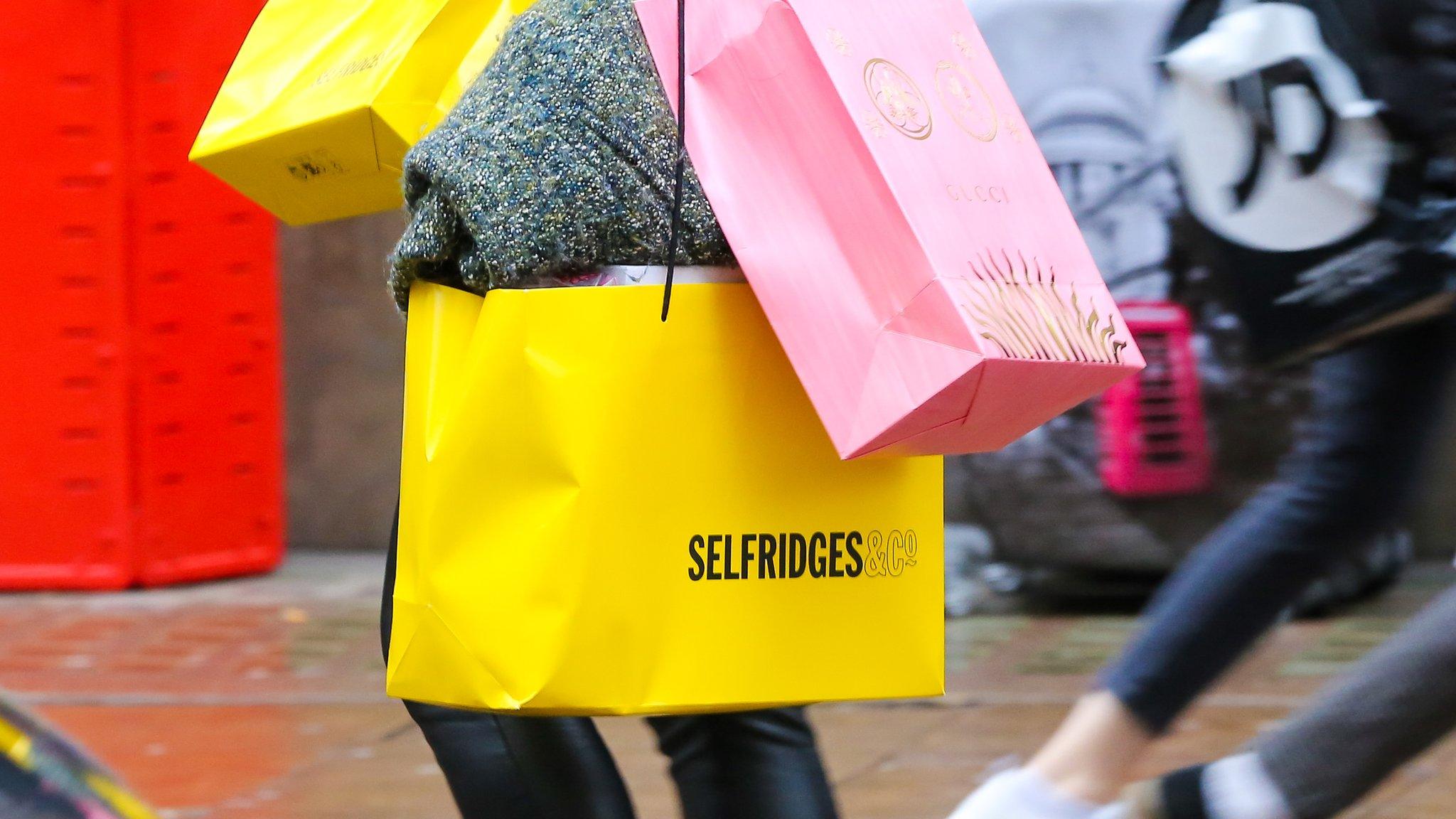
- Published16 October 2018
